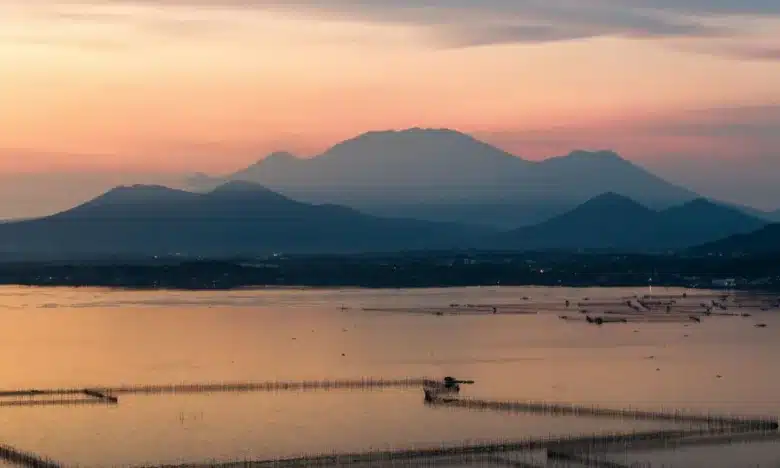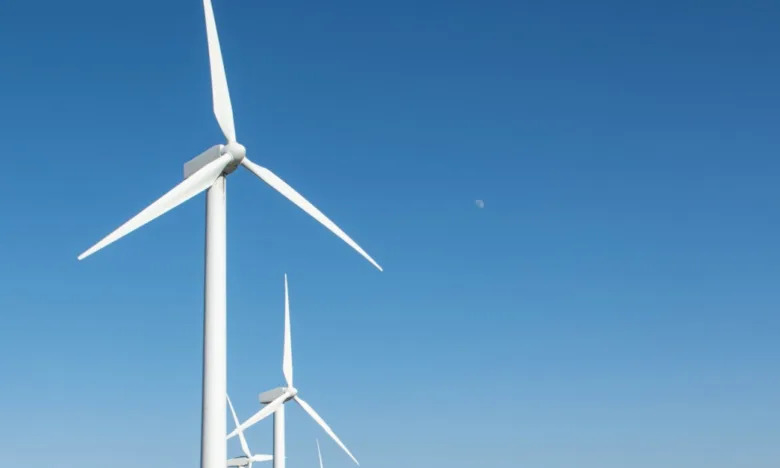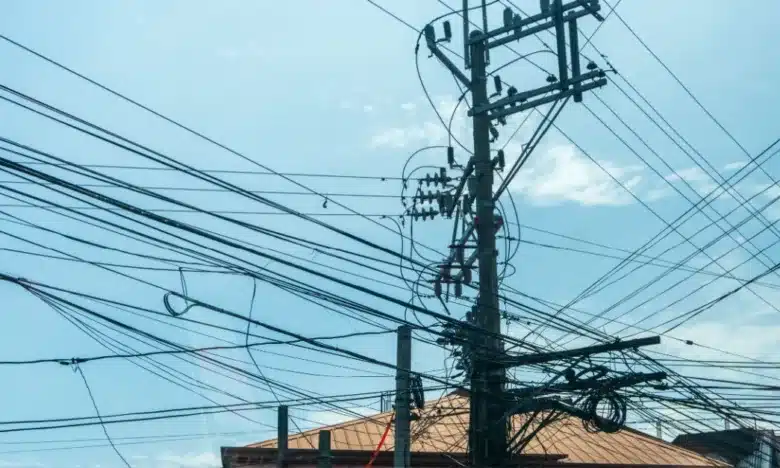
UK Scientists Propose Repurposing of Rice Straw Energy in the Philippines from Pollution Generator to Renewable Energy Source at the Sixth International Rice Congress Manila
- June 3, 2024
Dr. Mirjam Roeder from Aston University’s Energy and Bioproducts Research Institute (EBRI) has travelled to the sixth International Rice Congress in Manila, to bring awareness to rice straw technology. and its potential uses for sustainability
Dr. Roeder, in collaboration with British company Straw Innovations Ltd, Southeast Asian Regional Center for Graduate Study and Research in Agriculture (SEARCA) and Koolmill Systems Ltd presented their research.
91% of rice is produced and consumed in Asia and is the top international food crop, states the Food and Agriculture Organisation (FAO). It also produces 48% of global crop emissions. 1 kilo of straw is produced for every kilo of rice.
300 million tons of rice are burnt after harvest annually throughout Asia. This releases air pollutants that triple the risk of increased respiratory diseases and expedites climate change.
Rice straw is an underdeveloped feedstock and can be collected and digested to produce biogas, unlocking sustainable straw management options and renewable energy for farmers using anaerobic digestion (AD) from rice straw.
As an underdeveloped feedstock, rice straw may be collected and processed to generate biogas, a renewable energy technology that may be used by farmers and repurposed from its former status as a pollution emitter to a power source.
The Rice Straw Biogas Hub in the Philippines is the UK Innovate project demonstration facility of Straw Innovations in collaboration with Dr. Roeder. It is scaling a complete harvesting system with efficient milling, straw removal, biogas-powered rice drying and storage.
Craig Jamieson from Straw Innovations says: “The International Rice Congress is only held every four years and is a key event for coordinating and tracking progress in rice research.
“Our partnership with Aston University and SEARCA adds independent, scientific rigour to the work we do and amplifies our message to government policymakers. We are grateful to Innovate UK for their ongoing support through the Energy Catalyst Programme, which is accelerating our development.”
At the conference, Dr. Roeder explained how increased income for farmers, equal opportunity, food security and decarbonization can all result from the bolstering of environmental and social research.
She says, “Engaging with stakeholders and working in partnership across organisations is vital to the successful adoption of new technologies. I am delighted to have had the opportunity to host an event with our project partners at this prestigious conference, bringing the cutting-edge research of using rice straw for clean energy to the forefront of the rice research community and supporting the pathway to net zero.”
Dr. Glenn B Gregorio, Center Director of SEARCA, added: “We are gaining insights into the environmental impact of rice straw utilisation and implementing policies to unleash its potential to empower us to make informed decisions that are instrumental to climate change mitigation and decarbonisation,”
Professor Rex Demafelis from the University of the Philippines who is the lead for the SEARCA projects on life cycle analyses and measurements of rice straw greenhouse gas emissions says, “Rice straw is a valuable resource, and we are grateful to be part of this team which seeks to harness its full potential and promote circularity, which would ultimately contribute to our goal of reducing our greenhouse gas emissions.”
The Supergen Bioenergy Hub supports the UK’s goal to transition to a renewable energy future. Together, they work with academia, industry, government and societal stakeholders to develop sustainable bioenergy systems.
The Hub is co-founded by the Engineering and Physical Sciences Research Council (EPSRC) and the Biotechnology and Biological Sciences Research Council (BBSRC) as a part of the Supergen Programme.
Source: Rice straw converted into bioenergy for Philippines’ rural communities



